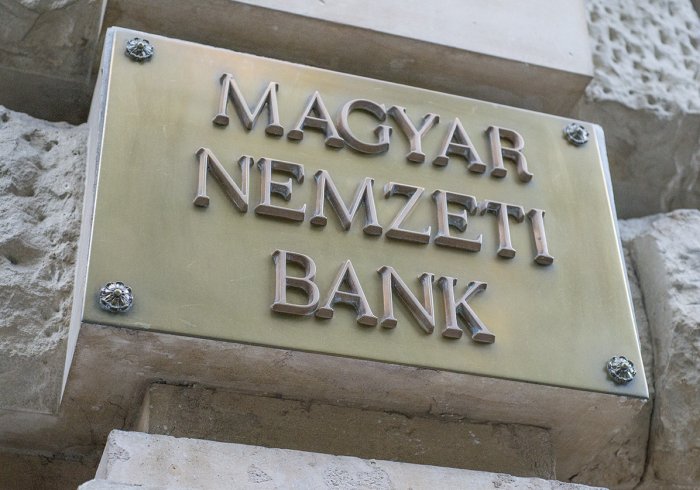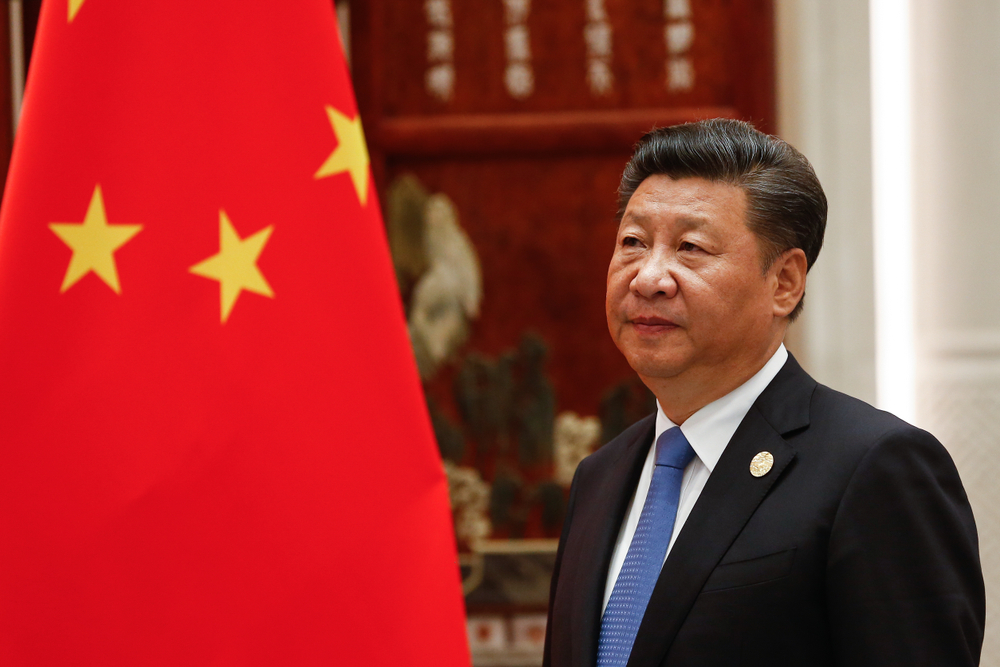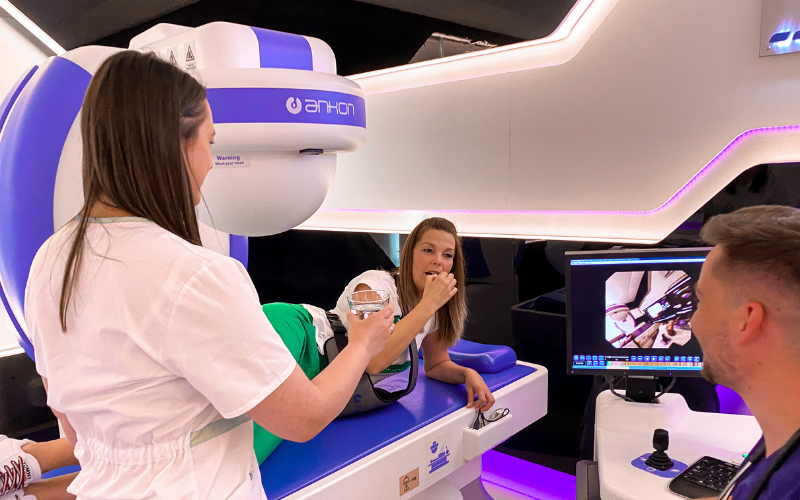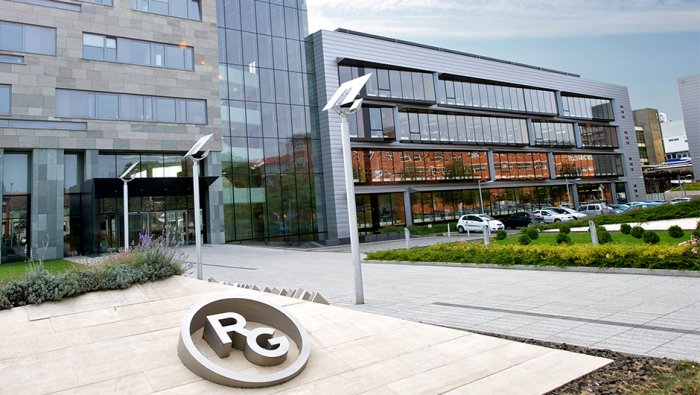Cutting-edge Medical Chemistry Research Thriving at Szeged University
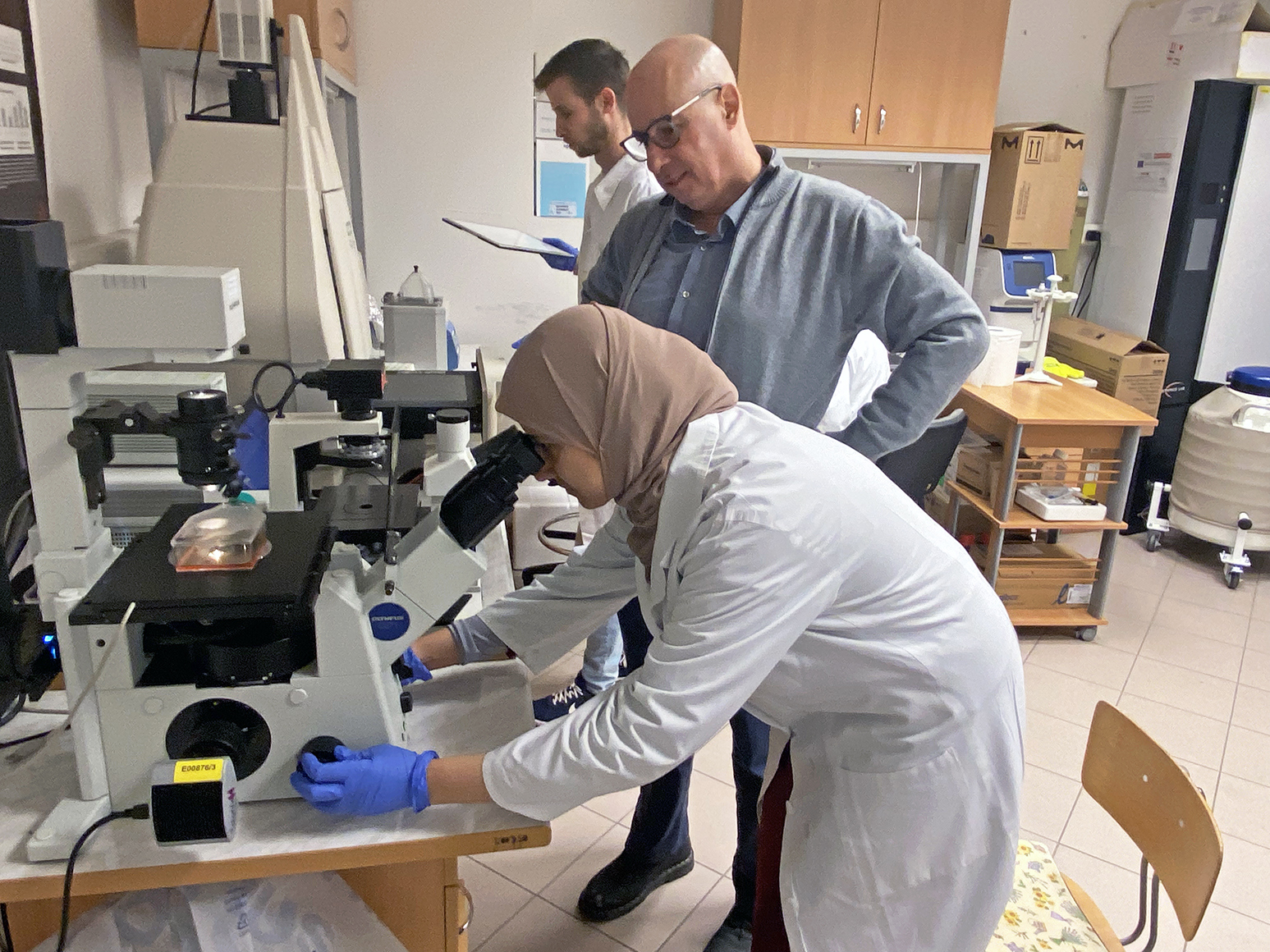
Ph.D. student Sawssen Bouali checks a sample under a microscope, watched over by Prof Gabriel Fenteany. In the background is Master’s student Csanád Vidéki.
A pair of towering 91-meter cathedral spires stand at one end of Szeged’s Dóm tér, a 12,000 sqm quadrangle with cobblestone paving, walled in by three four-storied expansive brick buildings that are home to various university faculties and laboratories. The space resembles Saint Mark’s Square in Venice and is the most emblematic feature of the city and its university, which is top-ranked in Hungary.
On the first floor of the structure facing the spires and the Votive Church and Cathedral of Our Lady of Hungary is the former office of Dr. Albert Szent-Györgyi, the late Nobel laureate biochemist after whom the university’s medical school is named.
The office’s current occupant is the winner of last year’s Nobel Prize in Physiology or Medicine, Dr. Katalin Karikó, who completed her studies here and currently serves as a research professor. Dr. Tamás Martinek, who heads the Institute of Medical Chemistry, or OVI, which was run by Szent-Györgyi from 1930 until 1945, works next door.
“So, this is a bit of a positive pressure on us, the legacy of two Nobel laureates,” says the jocular Martinek. “But we try to live up to the standards they set.”
OVI consists of several independent research groups and well-staffed core facilities that provide specialized support for the researchers. Present strengths include work on overcoming bacterial resistance, antibody delivery into cells, protein-to-protein interactions and the discovery of new cancer therapeutics.
The support facilities include nuclear magnetic resonance, mass spectrometry, the study of proteins, and computational and other services, enabling the research teams to investigate a range of molecules, including metabolites and proteins and their modifications and interactions.
“My approach since coming into this department in 2018 has been to organize our research portfolio around big questions, big challenges,” says Martinek.
OVI collaborates with other faculties and institutions in Szeged, such as the Biological Research Center (BRC), where Karikó worked in the early 1980s.
“There’s a strong group in the BRC, across the river [Tisza], working on antimicrobial resistance, led by Dr. Csaba Pál,” Martinek says.
Around five million people die from drug-resistant microbial infections each year, according to the World Health Organization.
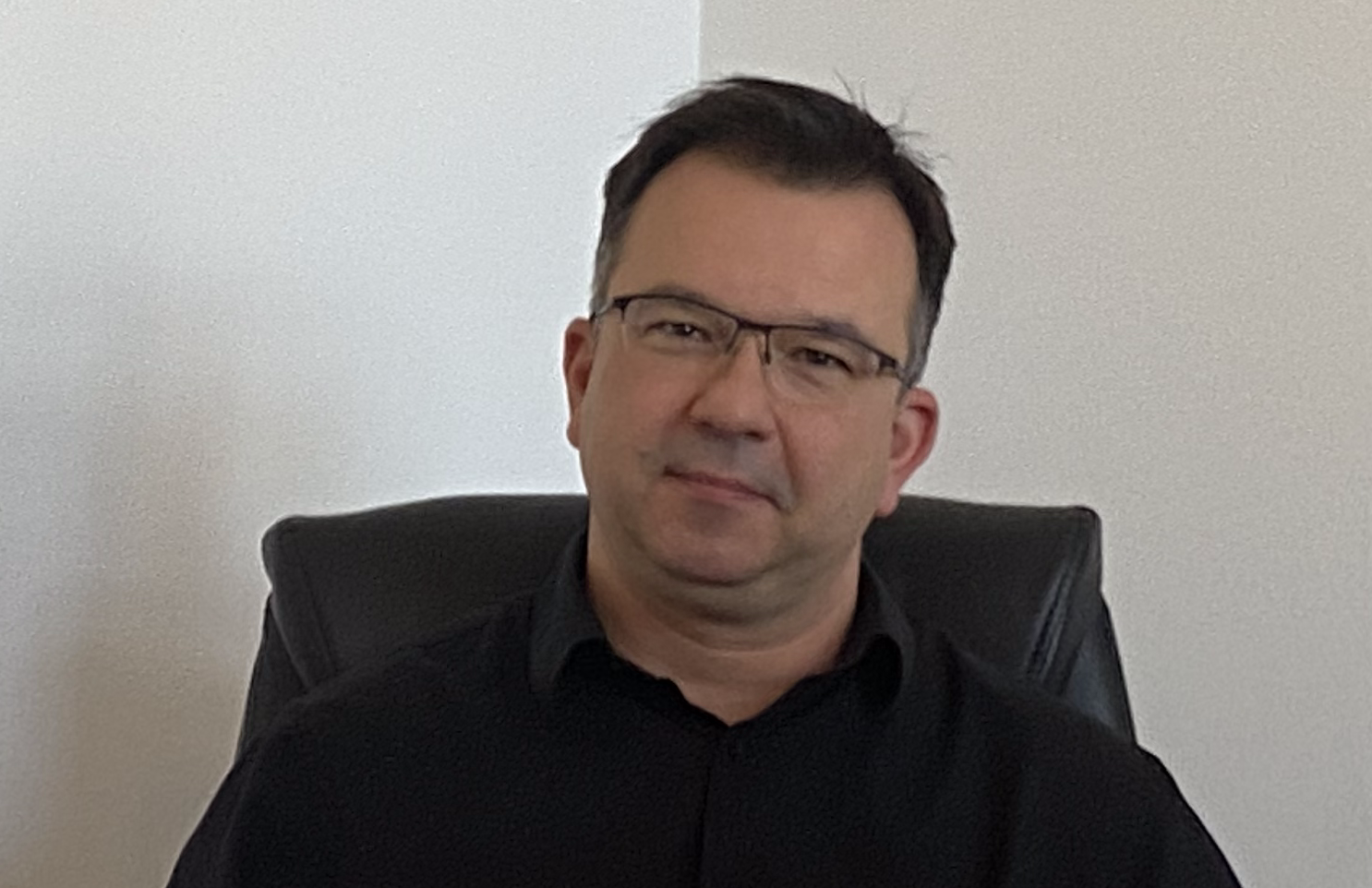
Tamás Martinek, the head of OVI.
Big Question
“Pál was among the first to state that antimicrobial peptides are really important tools fighting against antimicrobial resistance. And we started a collaboration with his group. And the big question is how antimicrobial peptides get useful in this fight.”
Peptides, like proteins, are made of amino acids, generally composed of short chains of them. Proteins are longer molecules made up of multiple peptide subunits. Synthesizing peptides has been an OVI specialty for many years and a specific interest of Martinek, particularly “foldamers,” artificial molecules that replicate the ability of proteins, nucleic acids, and polysaccharides to fold into well-defined conformations.
Through their research, the groups at OVI and BRC have discovered that certain disease-causing bacteria manage to evade the effect of antibiotics by slowing down their metabolisms and essentially “playing dead.”
“We realized that these antimicrobial peptides change the electrophysiology of the bacterial membrane. You just add peptides, and you measure increased voltage,” he says. “And that kick-starts the bacteria back to life.”
Suddenly awake, the bacteria should again be vulnerable to the lethal effects of antibiotics, which the Martinek and Pal groups reported in 2021.
Another focus of Martinek’s research involves testing macromolecular agents, especially recombinant antibodies that penetrate cells to produce “intracellular” effects, as is the case with the mechanism of the mRNA-based therapy developed by Karikó. These differ from extracellular antibody agents whose actions occur outside the cell membrane.
Historically, most macromolecular therapies have been extracellular in the way they act, says Martinek. The big challenge is figuring out how to get the antibodies through the cell membrane.
The cell membrane is inherently impermeable to protein molecules. Martinek and his group take advantage of a “back door” in a process called lipid raft-mediated endocytosis to gain entry for bespoke antibodies that specifically target the disease-related proteins within the cell without affecting other intracellular processes.
“We developed a method to trigger this lipid raft-mediated endocytosis, to route the antibody to the lipid raft-mediated pathway, and we patented it,” he says. He adds that this process of cell membrane penetration is far more efficient than rival processes and holds much promise for macromolecular cancer therapy.
Entrapment of an antibody by a cell’s internal sorting compartments, known as endosomes, poses a significant challenge.
“This is what we are now working on. I won’t spoil the story, but we found something. It’s really interesting. We are figuring out how to initiate the escape from the endosomes before the degradation.”
Targeting Cancer
Treating cancer is the aim of another research group within OVI, headed by Dr. Gabriel Fenteany, a Harvard Ph.D. in biochemistry. Fenteany set up his group in 2021 and is currently focused on pharmacological approaches to unraveling and therapeutically modulating cellular pathways involved in cancer.
“We are looking at a number of dynamic protein-to-protein interactions that regulate cell growth, movement, and invasion, with roles in cancer progression and metastasis,” Fenteany explains.
Lately, the team has been investigating the interactions between proteins involved in tumor growth and metastasis (when cancer spreads from one part of the body to another), including what is known as a Raf kinase inhibitor protein, or RKIP. This protein regulates the activity of several other proteins involved in cancer metastasis.
“One project involves protein-to-protein interactions with central players that control cancer growth and metastasis. Some of these interactions stimulate […] cancer cell proliferation, migration and invasion,” the researcher says.
“Other protein interactions are inhibitory, which means that one protein limits the activity of another that promotes these disease-related processes. Therefore, if we discover compounds that block cancer-promoting interactions or stabilize cancer-inhibiting interactions, we may have potential drug leads,” Fenteany notes.
Given the potential of the group’s research on proteins like RKIP, Fenteany foresees involvement with a pharmaceutical company “once we find drug-like molecules that stabilize cancer-suppressing protein interactions or block cancer-promoting interactions.”
Fenteany’s group employs an interdisciplinary approach, combining pharmacological, biochemical and cellular methods to dissect the complex web of cellular signaling pathways. This approach allows for a deeper understanding of cellular dynamics and facilitates novel therapeutic targeting.
“I like this field. I already worked on it during my bachelor’s at home in Tunisia, and it was profoundly interesting for me,” said Sawssen Bouali, a Ph.D. student in the Fenteany Group. The importance of fighting cancer appeals to her. So, too, does the breadth of medical chemistry.
International students have become critical components in OVI’s research capacity and that of the university as a whole, says Martinek. A combination of human capital needs and funding have coupled with the availability of motivated students from countries such as India, Pakistan, Egypt, Tunisia, Syria and elsewhere.
This article was first published in the Budapest Business Journal print issue of March 8, 2024.
SUPPORT THE BUDAPEST BUSINESS JOURNAL
Producing journalism that is worthy of the name is a costly business. For 27 years, the publishers, editors and reporters of the Budapest Business Journal have striven to bring you business news that works, information that you can trust, that is factual, accurate and presented without fear or favor.
Newspaper organizations across the globe have struggled to find a business model that allows them to continue to excel, without compromising their ability to perform. Most recently, some have experimented with the idea of involving their most important stakeholders, their readers.
We would like to offer that same opportunity to our readers. We would like to invite you to help us deliver the quality business journalism you require. Hit our Support the BBJ button and you can choose the how much and how often you send us your contributions.

